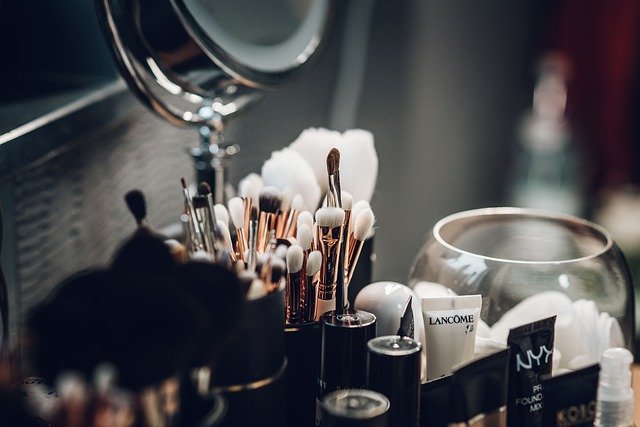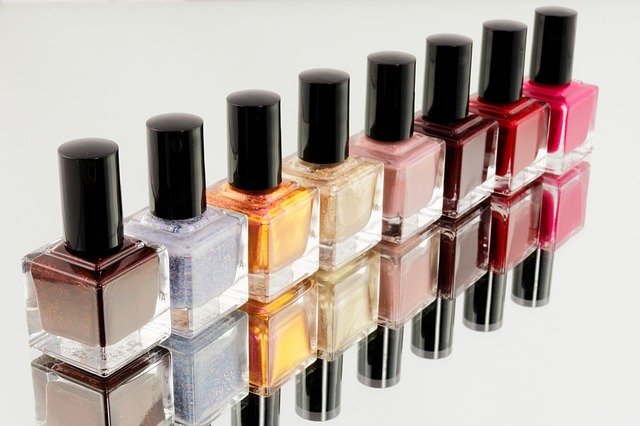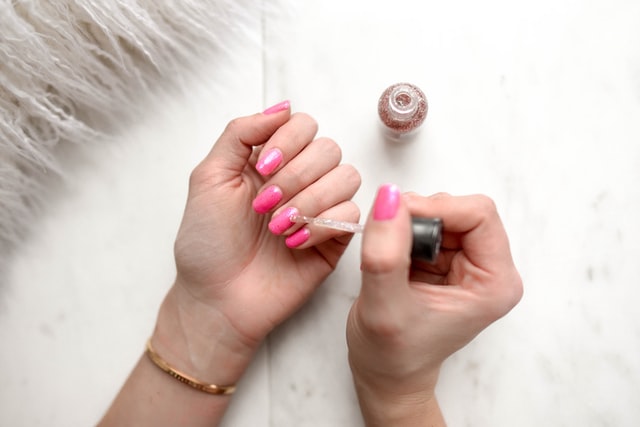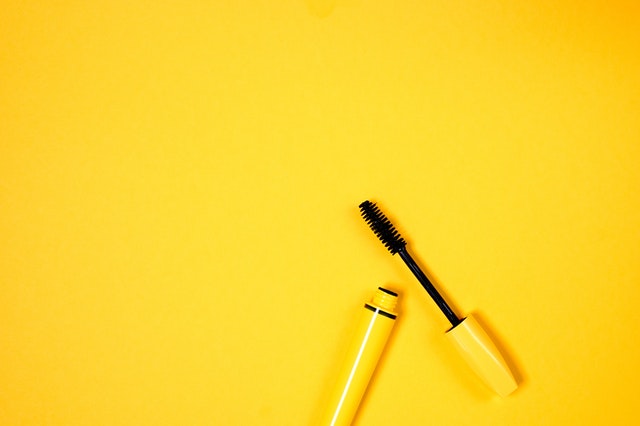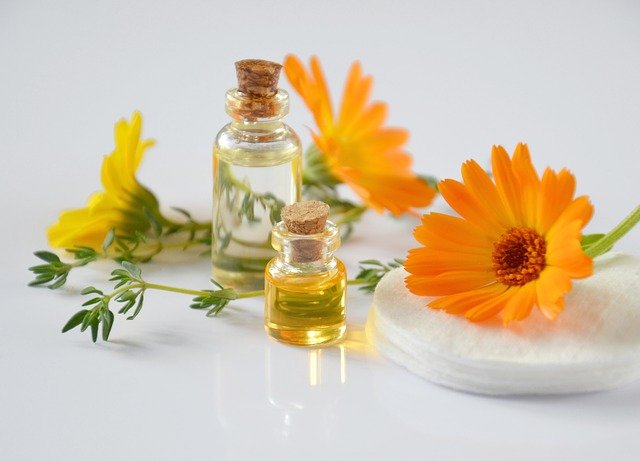Table of Contents
Beauty industry is a huge market. Since times immemorial, humans have been obsessed with looking good and being well-groomed. Today, millions of dollars are spent on research of beauty products to ensure the customer gets the best. With increasing focus on personalisation and organic beauty products, the beauty industry is dealing with the disruption in a systematic manner. To have crystal-clear insights into how revenues need to be managed to maintain a niche in the huge market, astro strategist Hirav Shah is your go-to person
Beauty is in the eyes of the beholder, say many. While that is true, a blush here and an eyeliner there hasn’t harmed anyone. Right from ancient times, both men and women indulged in beauty rituals to make them look more attractive and perhaps also younger looking.
Today, like most industries, a major disruption has occurred in the beauty industry. One always had grandma’s kitchen beauty recipes at hand or passed over beauty tips across generations, but today the focus is on organic beauty products.
The primary essence of this new enlightenment comes from the fact that beauty products were tested on animals before being used on humans. To stop this and to go back to nature for beauty care, more and more people are now opting for organic beauty care products. There is an increasing demand for products with ayurvedic base or black sea salts poultices and the like.
In short, the beauty industry is a total of businesses that helps one look their best. The industry includes hair salons, beauty salons, cosmetic, personal care or spa treatments. It also includes services that provide a combination of these treatments.
In the past few years, women and girls have been on a path of exploration. And they are seeking local, natural brands unlike their predecessors. The need to be instagrammable at all times has also upped the craze.
Also, of late, owning to the demand, there has been a surge in young, independent brands, which spell creativity. Almost every few days, a new brand enters the market to make sure people remain beautiful or remain beautiful.
Given the demand for new brands and localised products, the larger beauty companies are now buying out small companies, to remain in the game as the retail industry is constantly looking for new brands.
“Pay the ‘right’ price for beauty” says Business Astrologer and Business Strategist Hirav Shah.
So, what’s happening in the beauty industry?
● Instant gratification: The younger generation wants instant gratification. They want something that will do away with their bags or lines and brightens them up almost immediately. And anyone who promises that has a market going for them.
● Natural look: Gone are the times when a heavy, dolled up look was in. Even surgery was preferred to have a perfect look. But after many beauty disasters, women and girls have realised it is all about natural-looking, flawless skin. And any brand that promotes this is a quick buy in today’s competitive market.
● Nature is beauty’s gold standard: Girls and women are opting for natural, clean and food-standard products. Today, many believe that there is a direct connection between skin care and wellness. So, the make-up industry is simply catering to the need.
● Customisation: Data is immense these days. It is what drives a market. Every detail of customer’s preferences and choices are noted by the companies and this helps them create an entire new range of products and introduce new lines of luxury.
Is the beauty industry growing?
If one takes the example of the United States alone, the beauty sector employs about 6,70,000 people and its job growth is faster than average. The industry as such has been worth $532.43 billion in 2017 and is expected to reach a market value of $805.61 billion by 2023.
On the other hand, the Indian BPC or beauty and personal care industry is estimated at $8 billion. The expenditure on beauty and personal care products is growing in line with India’s GDP growth. According to reports, the Indian cosmetic market is expected to register an annual growth of 25 per cent, reaching about $20 billion by 2025.
Benefits of beauty industry
■ Personalised customer care: Providing personalised customer care experience is a key advantage of any beauty business. Once satisfied, the customers are bound to give referrals, which will build customer loyalty to the brand. This is true to big companies and small start-ups.
■ Niche marketing: There is a growing trend of addressing the minute differences in preferences of various customers. For example, if a product addresses an allergy problem, then the customer is bound to spread the word among people who have a similar problem. This helps build brand loyalty and create a niche for the product.
■ Cost free services: Brands that are organic or are endorsed by celebrities get a lot of free press and are covered in print and AV media. Cosmetic labs also allow free tests to upcoming product lines, so they can use their services when the production gets full-time. Also, many interns turn up to help a brand launch a new product or line of products. So, it’s a win-win situation for a brand that experiments in sync with customer profiles.
■ Reaching out to customers: Beauty companies can do a lot of before and after shoots and prop up their line via websites, print and television ads. This helps the customer make an informed choice.
Problems faced by beauty industry
Supply chain problems: Most beauty brands have their factories or manufacturing units in Asia. This leads to supply chain issues from time to time, due to a variety of reasons. Due to this, larger companies are considering changing to a more localised distribution network, that will help in the long run.
Sanitary concerns: People’s awareness has increased many-fold. They want to make sure that the storage, distribution and production of products are done with utmost care. The consumers no longer want harsh, chemical-based products and are on a look out for products that are safe on the skin and ensure long-term health and wellness.
Open distribution channels: In the beauty industry, consumers do not rely on ‘a’ particular brand. They often go to retailer stores to check out new products from time to time. So, it is important that the companies have a proper catalogue and trained personnel to share the right information to targeted audiences.
Same is the case with online stores. Proper catalogues with essential details are a must for the customer to make informed choices.
Sustainability: Gone are the days when consumers went to a brand for its sheer brand value. Today, they gauge them in terms of its environmental commitment and how it helps in their well-being. Any brand that lives up to their expectation is respected, while others are simply discarded for a brand, even if it’s a small, upcoming brand.
Digitisation and online support: In the past, fairs, exhibitions and events introduced new products to consumers where the companies directly interacted with potential buyers. But in the new age, digitization is a must. Here, the customer decides based on the information provided. And if the product lives up to their expectations, they return to the brand. So, that’s a huge challenge for the companies, both small and large.
So, it is important to have an online presence so that the consumers get the information they want upright.
Why have an estimated income forecast for the Beauty Industry ?
1) To upgrade inventory: It is important to understand the revenue structure to be prepared for movement of inventory to different areas based on demand. It requires good relationships with distributors and retailers. This means perks have to be given for good sales from time to time, to keep up their enthusiasm.
2) Digitization: While it looks simple, online presence comes with a price. Keeping yourself visible constantly means spending on keywords. Having a good website with accurate data and regular updates is vital. Experienced staff are required to do this, as online business is a new ball game altogether.
3) Keeping supply chain intact: There are bound to be various hiccups in the supply chain due to a variety of developments. But the show has to go on. Similarly, both retail and online distribution and supply chain has to be managed with utmost care as one small mistake can mean a loss of a customer.
4) Double the efforts: In the new-age, there are some who want to try, test and buy a product. There are others who are happy reading details, testimonials and reviews and then buy a product. In both cases, maintaining updated catalogues, trained personnel and inventory is a must. All this requires not just effort, but money.
5) Retaining staff: Like in all industries, keeping trained and talented staff is a huge crisis point. The trained staff could be poached or might branch out to start their own outlet. In either cases, recruitment and staffing mean money.
6) Changing economic trends: When the economy is doing good, people spend on cosmetic and personal care products. But when there is a downslide, the first cut comes in beauty and personal care products. Industries have to be ready for such interruptions.
7) Disruptions: Probably, the biggest disruption in the beauty industry is the shift to organic products. Natural products are rare and limited. Procurement is a huge task as is working with limited resources. So, to have access to limited resources also means money. Large companies then try to produce the raw materials to sustain their brands and as long-term investment. All this requires money and personnel.
Where does Hirav Shah come into the picture?
Hirav Shah is a well-known and sought-after astro-strategist. But one cannot pigeon-hole him into just one category. He is a corporate consultant, business strategist, business development consultant, corporate guru and last but most importantly, an astro strategist.
He comes into the picture to give sound advice based on his years of experience of working and solving problems of various verticals. He is not into detailed astro mumbo-jumbo. He is realistic and gives a quick, to-the-point direction to your industry based on your Business chart.
This two-pronged strategy helps you take informed decisions as to when to divest and when to invest, when to lie low and when to take on the market with full force.
Money and time are critical in today’s world. Hirav Shah understands this only too well. He is the go-to person if you want a solution that is viable and reliable.
Beauty is in the eyes of the beholder, but money makes it happen
Estimated income forecast for the Beauty Industry helps to Know when to splurge and when to refrain, concludes Business Strategist Hirav Shah.


